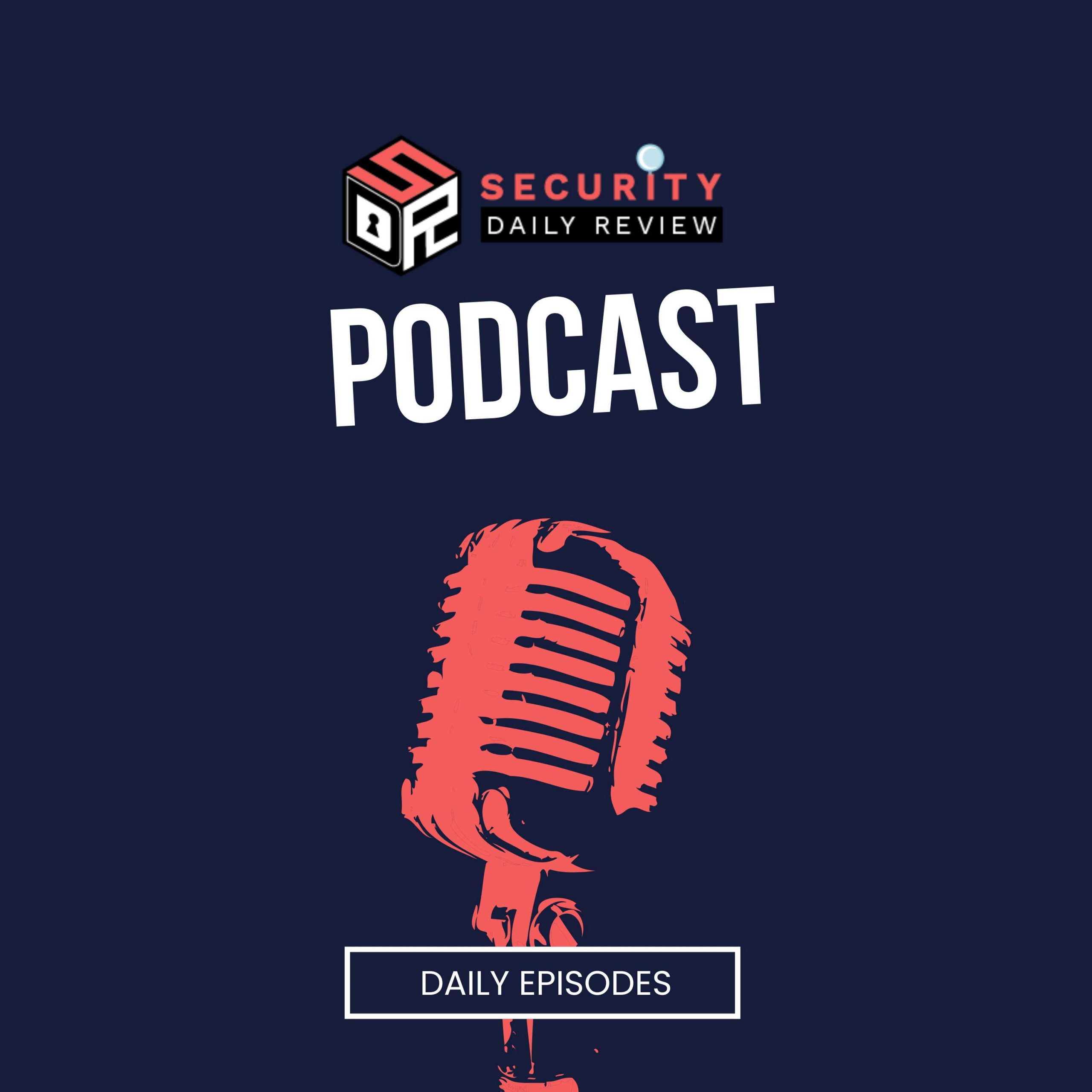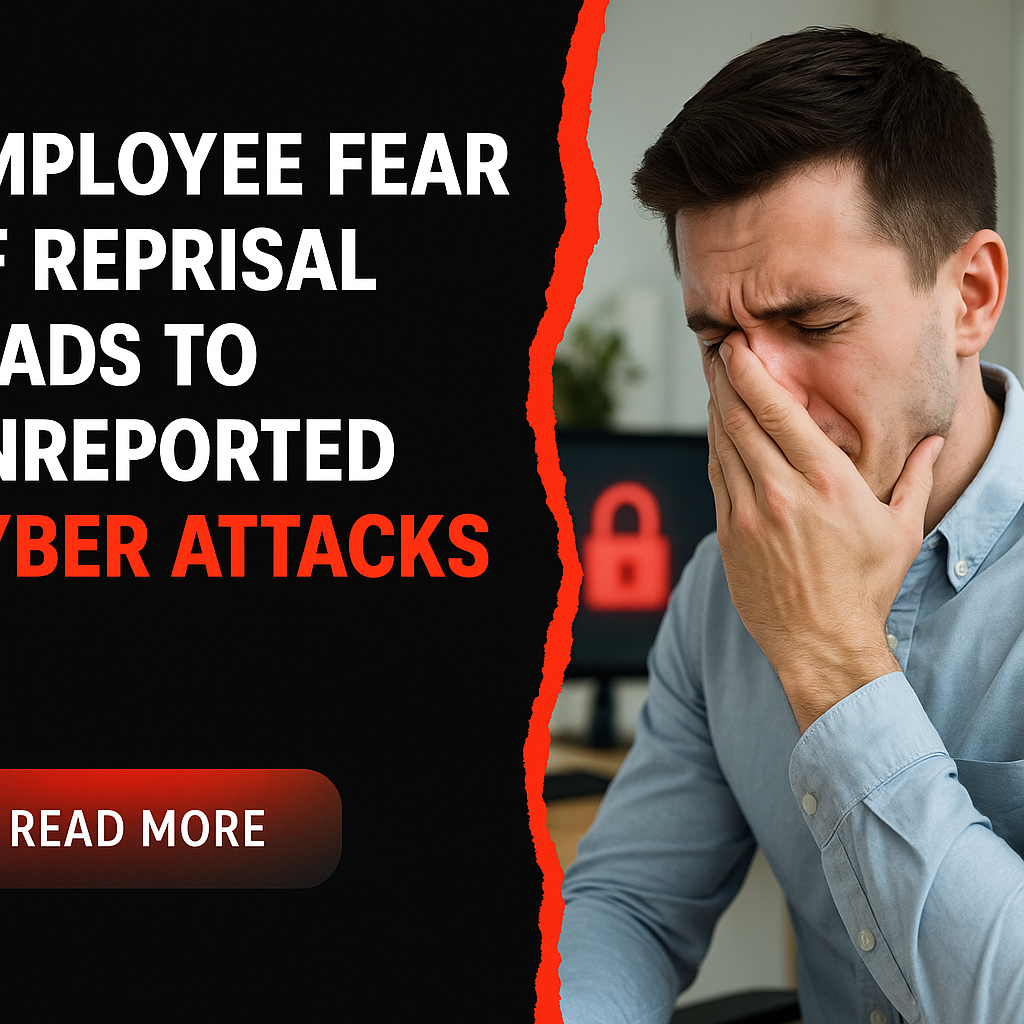Quantum Computing Emerges as Major Cybersecurity Threat
Table of Contents
- Quantum Computing Threats Shift Cybersecurity Priorities
- Post-Quantum Cryptography: A Race Against Time
- National Guidelines Emphasize Urgent Action
- Sectors Leading the Push Toward Quantum-Safe Solutions
- Preparing for the Quantum Era: Key Takeaways
- Post-Quantum Threats: Not Just a Future Concern
Quantum Computing Threats Shift Cybersecurity Priorities
Recent findings from the Capgemini Research Institute reflect a marked shift in how organizations are viewing future cybersecurity risks. While ransomware and conventional attacks remain concerns, quantum computing threats are increasingly regarded as the most serious long-term risk facing digital systems. In a survey of 1,000 companies across 13 sectors and countries, 70% of respondents reported either implementing or planning to implement quantum-safe solutions within the next five years (TechRadar, 2025).
A key driver behind this urgency is the threat of “harvest-now-decrypt-later” (HNDL) attacks. In these attacks, encrypted data is stealthily collected today with the expectation that it can be decrypted once quantum computing reaches sufficient maturity—a date often referred to as “Q-day”. Two-thirds of the surveyed organizations expressed concern over such attacks, seeing them as real risks to long-term data confidentiality.
Post-Quantum Cryptography: A Race Against Time
Post-quantum cryptography (PQC) is rapidly becoming a top priority for cybersecurity leaders. Capgemini’s data shows that while 70% of organizations are taking protective measures, only 15% qualify as “quantum-safe champions”—organizations with solid PQC strategies and governance structures in place (ITPro, 2025). Alarmingly, 30% of businesses are still underestimating the magnitude of this threat.
Transitioning to quantum-resistant encryption is more than a technical upgrade—it’s a strategic imperative. Experts advise that effective PQC strategies should include maintaining current cryptographic inventories, fostering crypto-agility (the ability to quickly switch algorithms), involving the full supply chain in preparedness plans, and developing a phased enterprise-wide roadmap.
National Guidelines Emphasize Urgent Action
Government cybersecurity bodies have echoed these concerns. Earlier this year, the UK’s National Cyber Security Centre (NCSC) issued formal guidance urging organizations to begin preparing for quantum-enabled decryption capabilities by 2035 (Financial Times, 2025). According to the NCSC, organizations should begin migration planning by 2028 to avoid last-minute upheaval and security lapses.
The agency underscores the unique threat quantum computing poses. Unlike incremental innovations, quantum systems harness quantum bits—qubits—that can exist in multiple states simultaneously, allowing them to solve complex mathematical problems at speeds exponentially beyond current binary-based machines. This computational leap threatens the integrity of today’s asymmetric encryption systems, including RSA and ECC (elliptic curve cryptography), which underpin secure communications, banking, and digital identity frameworks.
This follows similar guidance from the U.S. National Institute of Standards and Technology (NIST), which last year approved three post-quantum encryption algorithms as part of its ongoing PQC standardization efforts.
Sectors Leading the Push Toward Quantum-Safe Solutions
Early adopters of quantum-secure cryptography span a wide range of industries. According to a Forbes analysis, the defense sector, healthcare, finance, telecommunications, and utilities have all begun implementing PQC measures to protect critical infrastructure and sensitive information. Technology companies such as IBM and Microchip are leading efforts to develop quantum-compatible hardware security modules and secure communications protocols.
Large multinational firms like BASF and Bosch have also begun experimenting with quantum capabilities—not just for security, but also to enhance R&D, optimize logistics, and improve AI workflows (Time, 2023). However, the dual-use nature of quantum technology explains why the same technology enabling breakthroughs could also cause widespread cybersecurity disruption.
Preparing for the Quantum Era: Key Takeaways
Cybersecurity leaders must adopt a proactive stance to address the looming threat of quantum computing. Key recommendations include:
- Start inventorying all systems currently using cryptographic functions.
- Assess dependence on vulnerable algorithms such as RSA and ECC.
- Begin pilot programs for post-quantum cryptography in mission-critical applications.
- Collaborate with vendors and supply chain partners to ensure end-to-end security.
- Plan for full migration by the early 2030s, as advised by agencies like the NCSC and NIST.
With 60% of Capgemini’s survey participants expecting Q-day to arrive within the next decade, quantum-safe planning must become a core component of any forward-looking cybersecurity strategy.
Post-Quantum Threats: Not Just a Future Concern
Despite being nascent, the threat of quantum computing is not abstract. The real-time collection of encrypted communication for future decryption is already happening, as evidenced by widespread concern over HNDL attacks. Organizations that wait until public-key encryption fails risk catastrophic data breaches and compliance failures.
Quantum computing’s promise comes with equal parts peril. The cybersecurity community must act collectively—and swiftly—to ensure safeguards are in place long before it’s too late. As Capgemini’s report concludes, quantum safety should be approached as a strategic investment essential for business continuity, not an optional future consideration (TechRadar, 2025).
Looking to future-proof your data infrastructure?
StoneFly’s Backup & Disaster Recovery Appliances offer air-gapped, immutable storage to protect against both conventional threats and tomorrow’s quantum vulnerabilities. Ensure that your organization is ready for the post-quantum era—before Q-day arrives.







